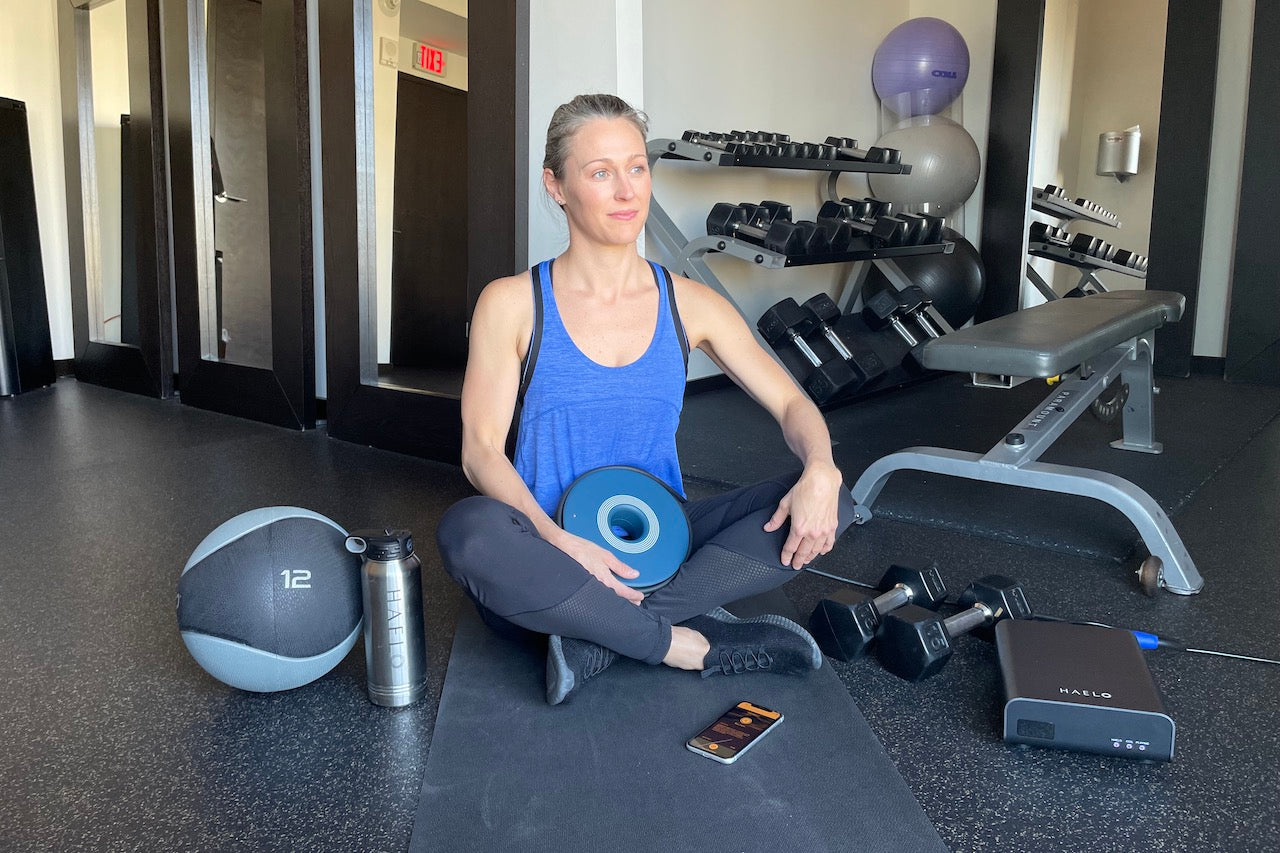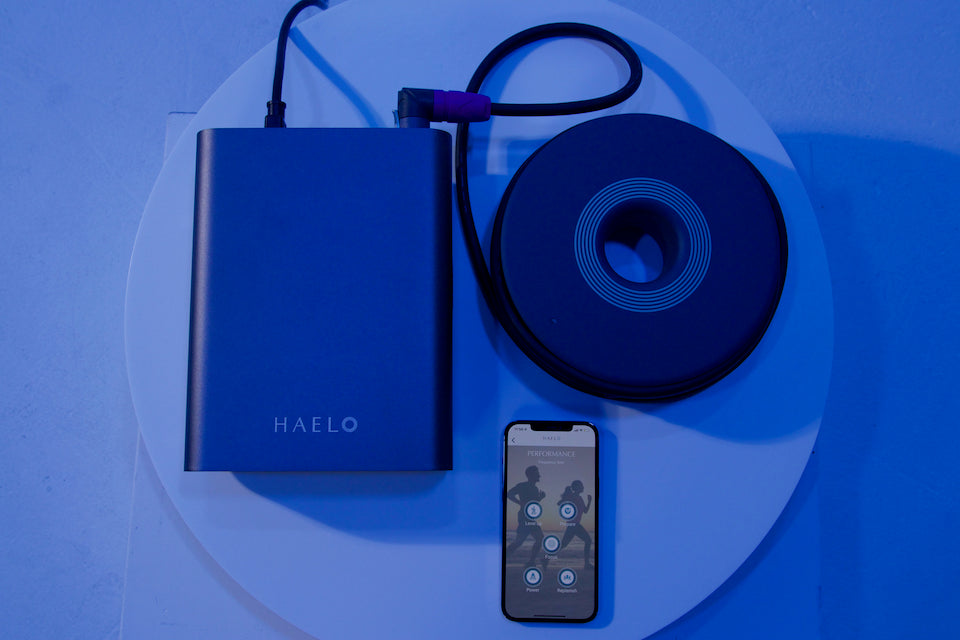Your autonomic nervous system (ANS), also called the involuntary nervous system, is an essential part of your recovery and performance. It runs all the systems in your body that are outside your voluntary control, including heart rate, breathing rate, blood flow, body temperature, and stress response. Your ANS also influences your ability to relax and recover.
The ANS has two halves:
- Your sympathetic nervous system, which controls your fight-or-flight response for performance
- Your parasympathetic nervous system, which helps you rest and recover
Optimizing your autonomic nervous system is a powerful way to upgrade both physical recovery and performance. Here’s how your sympathetic and parasympathetic systems work and how you can use them to become a better performer.
Sympathetic Nervous System: Energy and Performance
Your sympathetic nervous system (SNS) controls your fight-or-flight response. It turns on when you encounter a stressor—whether that’s a hard day at work or a heavy lift in the gym.
Fight-or-flight is your evolutionary response to stress; it’s important because it is meant to protect you from threats in your environment. When fight-or-flight kicks in, your SNS slows down nonessential body functions like digestion, redirecting that energy to enhance your muscle output, breathing rate, reflexes, and other systems that will help you deal with a dangerous or physically demanding situation.
Your SNS is great for dealing with threats. It’s also good for sports and exercise—it amps you up and gets you focused. You want it to turn on when you’re training or competing.
However, your SNS can’t turn itself off. Once it starts, you stay in a heightened state until your parasympathetic nervous system kicks in, bringing you back to baseline.
Parasympathetic Nervous System: Rest and Recovery
Your parasympathetic nervous system (PNS) is the opposite of your sympathetic nervous system. It slows things down, reversing the systems that your SNS activates during fight-or-flight.
Your PNS puts your body into relaxation mode. It slows your heart and breathing rates, stimulates muscle recovery[*], and encourages deeper, more restorative sleep[*].
Ideally, you want to spend a fair amount of time in a parasympathetic state. Rest, relaxation, digestion, and physical and mental recovery happen best when your PNS is active.
On the other hand, if you’re chronically stressed or don’t give yourself enough time to rest, you’ll stay in a sympathetic state, and your recovery will suffer.
Nervous System Regulation: How to Train Your Nervous System for Faster Recovery and Better Performance
Your autonomic nervous system (ANS) plays an essential role in your recovery and performance. Turning on your SNS can give you more muscle output and cardiovascular capacity, while activating your PNS encourages deeper sleep and relaxation and faster physical recovery[*].
Ideally, you want to switch between SNS and PNS states with ease—a process called nervous system regulation. The more efficient your nervous system, the better you’ll perform during periods of stress, and the faster you’ll recover from them afterward.
The good news is that, according to recent research, you can train your nervous system to become more adaptive.
A 2007 study found that intense cardio workouts make your autonomic nervous system more efficient, allowing you to move in and out of a sympathetic state with ease[*].
Another study found similar results: when people did consistent cardio sessions at their anaerobic capacity, their sympathetic and parasympathetic responses increased, improving both recovery and performance[*].
Research suggests that high-intensity exercise tones your nervous system, allowing you to produce more power and recover more quickly.
If you don’t have high-intensity workouts as part of your weekly training routine, you may want to add a couple. They’re not just good for your muscles—they enhance your nervous system tone, which translates to better performance across the board.
Use HAELO to Reach Your Physical Potential
Training your nervous system is a step toward better recovery and performance—and combining it with HAELO will take you to the next level.
A 2021 study found that when athletes used HAELO every day for two weeks, they saw an[*]:
- 11% increase in overall physical recovery
- 18% increase in deep sleep
- 11% decrease in sleep disturbances
- 7% increase in overall sleep
HAELO is a cutting-edge approach to sound therapy. The HAELO app offers ten (10) Frequency Sets - which are like workouts for your cells - designed to recharge your cells, upgrading your recovery, physical performance, and sleep.
Try adding both HAELO and high-intensity workouts to your weekly routine. You’ll feel them working—and you’ll see the difference in your recovery and performance.


